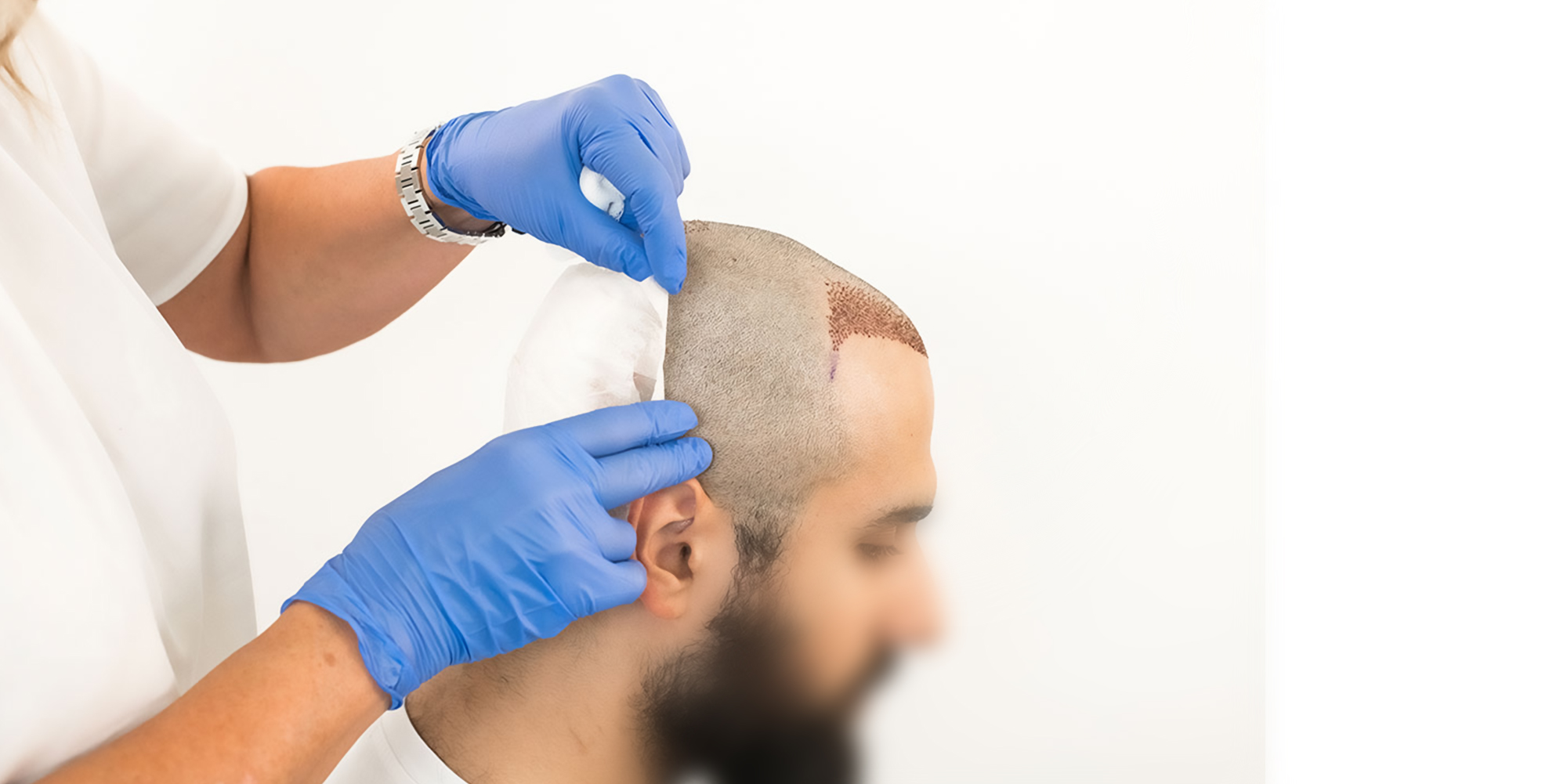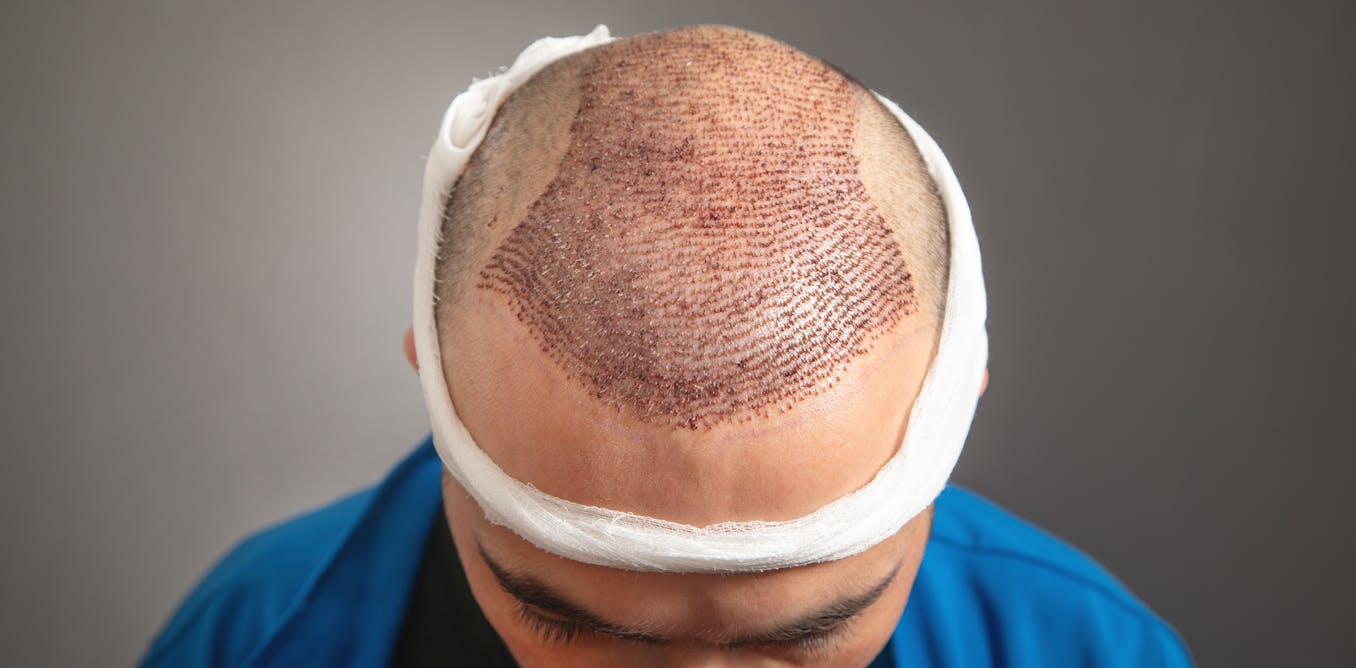
If you’re considering a Hair Transplant in Dubai, one of the most common questions that likely comes to mind is, “How many sessions will I need to achieve the results I desire?” Understanding the process and determining the right number of sessions can play a crucial role in ensuring you achieve natural-looking and long-lasting results. Whether you’re dealing with thinning hair, receding hairlines, or bald patches, a hair transplant could be the solution you’ve been searching for. However, the journey varies from person to person, and several factors determine how many sessions might be required.
Understanding Hair Transplant Procedures
A hair transplant is a surgical procedure that involves removing hair follicles from one area of your body (usually the back or sides of your scalp) and transplanting them to a thinning or balding area. The goal is to create a fuller, thicker head of hair by using your natural follicles. While the idea may seem simple, the complexity comes in the individual factors that can influence how many sessions are needed to achieve the best outcome.
Key Factors That Affect the Number of Sessions
Several factors contribute to how many hair transplant sessions you might need. These factors can vary from individual to individual, making it essential to have a personalized consultation before deciding on the treatment plan.
-
Extent of Hair Loss
The primary factor that determines the number of hair transplant sessions is the extent of your hair loss. If you have mild thinning or a small bald patch, one session might be enough to cover the area. On the other hand, if you have extensive baldness, such as in the case of a receding hairline or a large bald spot on the crown, multiple sessions may be necessary to ensure even coverage and a natural result. In these cases, a gradual approach with a few sessions spaced out over time allows the newly transplanted hair to grow in properly and blend seamlessly with existing hair.
-
Donor Hair Availability
The number of available donor hairs is another determining factor. The amount of hair you have in your donor area (usually the back or sides of your head) will impact how many follicles can be transplanted in a single session. For individuals with dense donor hair, fewer sessions may be needed. However, if your donor hair is limited or thinner, multiple sessions might be required to achieve the desired density and fullness.
-
Hair Density Goals
Different individuals have different expectations when it comes to hair density. Some may want a full, thick head of hair, while others may only be concerned with filling in certain areas. If your goal is a denser look, more grafts may be needed, and this could require multiple sessions. Your expectations and the natural look you desire will guide how many sessions are necessary to achieve the ideal outcome.
-
Type of Hair Transplant Procedure
There are various types of hair transplant techniques, with the most common being Follicular Unit Extraction (FUE) and Follicular Unit Transplantation (FUT). FUE, which involves extracting individual hair follicles, is often chosen for patients who want a less invasive procedure with minimal scarring. FUT, on the other hand, involves removing a strip of scalp from the donor area, which may require more time for recovery but can provide a larger number of grafts in a single session. Depending on the technique used and the amount of hair you need, multiple sessions may be necessary.

How to Plan Your Hair Transplant Journey
Planning the right number of sessions for your hair transplant is crucial to achieving natural and satisfying results. Here are a few steps to ensure that your journey goes smoothly:
-
Consultation – Your first step should be a thorough consultation with a hair transplant specialist. They will assess the extent of your hair loss, discuss your goals, and create a customized plan that outlines how many sessions you’ll need.
-
Setting Realistic Expectations – Be patient with the process. Hair transplants take time to show results. It’s essential to set realistic expectations and understand that multiple sessions may be necessary for optimal results.
-
Aftercare and Maintenance – Following your transplant, proper aftercare is crucial to the success of your procedure. Adhering to post-transplant instructions can maximize the growth of your new hair and minimize the need for additional sessions.
Conclusion
The number of Hair Transplant Dubai sessions you’ll need varies based on several individual factors, including the extent of your hair loss, your donor hair availability, and your overall goals for hair density. A hair transplant in Dubai offers a promising solution for those struggling with hair loss, but it’s important to understand that this is a gradual process. Whether you need one session or several, the results can be life-changing, giving you the confidence to embrace a fuller head of hair once again.